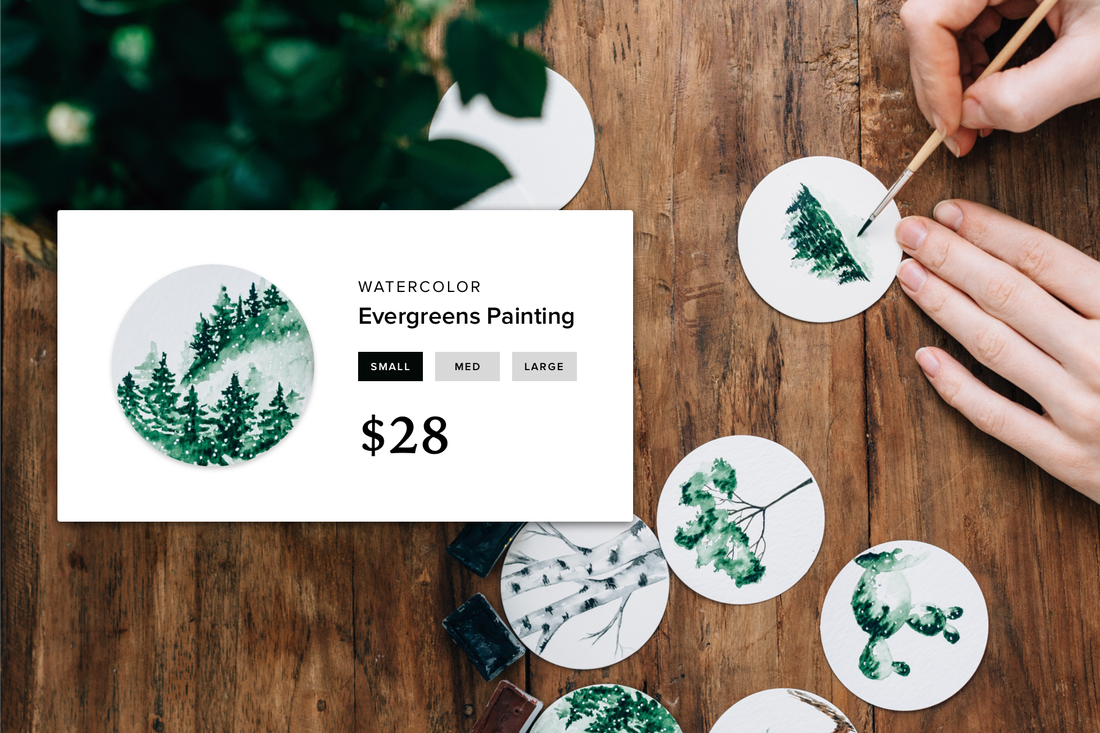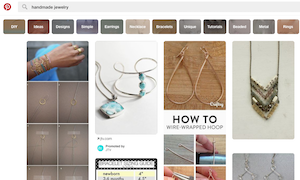A strong customer testimonial is one of the most powerful tools a small business owner can use in their marketing. After all, who better to tell prospective customers about how great you are than your current customers?
But before you can get great reviews, you need to ask for them, and that can be challenging for some business owners. How do you solicit honest feedback without coming across as desperate or awkward? More importantly, how do you use customer testimonials once you have them?
Below are a few tips on how to convince your best customers to sing your praises to the world, as well as two suggestions to leverage positive testimonials in outbound marketing.
Below are a few tips on how to convince your best customers to sing your praises to the world, as well as two suggestions to leverage positive testimonials in outbound marketing.
1) Make Them Easy
If you deliver an exceptional experience for a customer, they will want to tell their friends and family about it. That is unless you make them jump through a bunch of hoops. So make it as easy as possible.
Whether you're looking for reviews on Yelp, Facebook or Google, it's important to provide a clear, step-by-step summary of how to submit the review along with direct links to your business profile.
Weebly also offers a number of great apps that can help you manage reviews and testimonials. The POWr comments app is particularly popular for its easy interface that lets customers leave comments directly on your website.
Whether you're looking for reviews on Yelp, Facebook or Google, it's important to provide a clear, step-by-step summary of how to submit the review along with direct links to your business profile.
Weebly also offers a number of great apps that can help you manage reviews and testimonials. The POWr comments app is particularly popular for its easy interface that lets customers leave comments directly on your website.
2) Make Them Specific
It's a pain shared by virtually every parent: you ask your kid how their day was and they reply, "Fine." The trick is to ask more specific, leading questions like "Tell me about something that was really fun today in school."
The same insight applies to getting good testimonials. If your request is too generic, you will get generic responses. In general, you will get more useful content if you provide suggestions and examples.
Structure your questions so that they build on each other and help to tell a story. For example:
Again, you don't want to make things too complicated (see tip number one) but the more specific you can be with your questions, the more authentic and powerful your testimonials will be.
The same insight applies to getting good testimonials. If your request is too generic, you will get generic responses. In general, you will get more useful content if you provide suggestions and examples.
Structure your questions so that they build on each other and help to tell a story. For example:
- "What did you enjoy most about working with us (pricing, support, product quality)?
- "Based on your previous response, please describe why that issue matters to you and how we exceeded your expectations?"
Again, you don't want to make things too complicated (see tip number one) but the more specific you can be with your questions, the more authentic and powerful your testimonials will be.
3) Make Them Timely
If you want authentic reviews, you have to strike while the iron is hot. If you let weeks or months pass by, the customer may end up forgetting the specifics that made their experience memorable. At the same time, you don't want to jump the gun and come off as needy or, even worse, ask for feedback before the customer has actually had a chance to enjoy your product or service.
So when is the right time to reach out? The answer will be different for every business, but if you use automated e-mail marketing, you can test to find out. Set up automated emails one day after the sale and measure response and engagement. Then try two days or three days. Keep experimenting until you find the right timing for your customers.
And that's not the only thing you can experiment with. Content testing can help you dramatically improve response rate too. Explore alternative subject lines. Consider framing the request as a survey designed to improve service. Find the hook that works best for your business based on your unique brand personality. Now that we've talked about how to solicit reviews, let's talk about a couple ways to use them.
So when is the right time to reach out? The answer will be different for every business, but if you use automated e-mail marketing, you can test to find out. Set up automated emails one day after the sale and measure response and engagement. Then try two days or three days. Keep experimenting until you find the right timing for your customers.
And that's not the only thing you can experiment with. Content testing can help you dramatically improve response rate too. Explore alternative subject lines. Consider framing the request as a survey designed to improve service. Find the hook that works best for your business based on your unique brand personality. Now that we've talked about how to solicit reviews, let's talk about a couple ways to use them.
4) Make Them Pop
It's a given that you should always include reviews on your website, but there's a big difference between simply having them and featuring them. There are a number of great apps that can help you put a little bit of splash behind your reviews so that they're more prominent on your website.
The Reviews app by Broadly is one popular option that requires no code to set-up and automatically pulls reviews from your third-party sites. Other great options include the Testimonial Slider from Baamboo Studio or the Testimonial Builder from VocalReferences. As with all content though, don't get complacent. Feel free to experiment with the location and design of the reviews to see what works best.
The Reviews app by Broadly is one popular option that requires no code to set-up and automatically pulls reviews from your third-party sites. Other great options include the Testimonial Slider from Baamboo Studio or the Testimonial Builder from VocalReferences. As with all content though, don't get complacent. Feel free to experiment with the location and design of the reviews to see what works best.
5) Make Them Relevant
If you follow tip number two and make your review requests clear and specific, you should end up with a wide-ranging set of positive testimonials. That's awesome for outbound marketing because it allows you to make your marketing relevant based on a customer's interests.
For example, if you're running a paid social media campaign, you can create multiple audiences. If one audience is coupon cutters, consider featuring any testimonials that speak to your low prices. If you sell multiple products or services, filter your testimonials by product type and target that way.
While it can sometimes feel strange to ask for positive feedback, you shouldn't let it stop you from taking advantage of this powerful form of marketing. Connecting the right customer testimonials with the right audience at the right time could significantly boost your business.
For example, if you're running a paid social media campaign, you can create multiple audiences. If one audience is coupon cutters, consider featuring any testimonials that speak to your low prices. If you sell multiple products or services, filter your testimonials by product type and target that way.
While it can sometimes feel strange to ask for positive feedback, you shouldn't let it stop you from taking advantage of this powerful form of marketing. Connecting the right customer testimonials with the right audience at the right time could significantly boost your business.
 Rob FrappierRob is a creative content strategist from Detroit. When he’s not developing integrated marketing campaigns, he’s probably watching Netflix.
Rob FrappierRob is a creative content strategist from Detroit. When he’s not developing integrated marketing campaigns, he’s probably watching Netflix.





